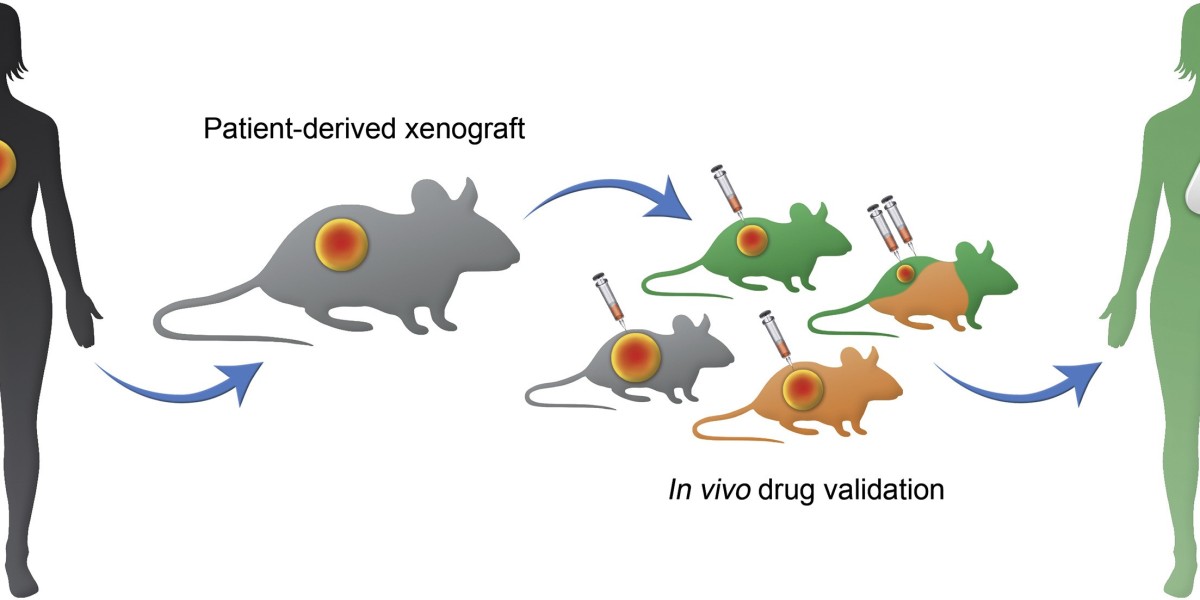In the era of precision medicine, tailoring cancer treatment to the individual characteristics of each patient’s tumor is paramount. Patient-Derived Xenograft (PDX) models have emerged as a critical component in this endeavor, offering a sophisticated approach to study tumor heterogeneity and test therapeutic responses. By preserving the original patient's tumor architecture and genetic makeup, PDX models provide a powerful platform for advancing personalized oncology.
The Creation of PDX Models
PDX Patient-Derived Xenograft Models are created by implanting fresh tumor tissues from a cancer patient into immunocompromised mice, such as nude, SCID, or NSG (NOD scid gamma) mice, which lack an adaptive immune response. This process involves surgically placing the tumor fragment either subcutaneously or orthotopically into the corresponding organ site of the mouse. Once engrafted, these tumors can be passaged into additional mice, ensuring a continuous and renewable source of the patient's cancer for study.
Advantages in Precision Medicine
One of the significant advantages of PDX models in precision medicine is their ability to closely mimic the patient’s tumor in vivo. Unlike traditional cell lines, which often lose their original characteristics over time, PDX models maintain the histological architecture, genetic heterogeneity, and molecular features of the primary tumor. This fidelity allows researchers to observe how a patient's tumor might respond to various treatments in a controlled environment, leading to more informed therapeutic decisions.
Drug Testing and Development
PDX models are invaluable in the preclinical testing of new cancer therapies. By evaluating drug efficacy in these models, researchers can identify promising candidates before moving to clinical trials, thereby reducing the risk and cost associated with drug development. Furthermore, PDX models can help in understanding mechanisms of drug resistance, as they capture the complexity of tumor evolution and genetic mutations that may drive resistance to treatment.
Biomarker Discovery
Another critical application of PDX models is in the discovery and validation of biomarkers. Biomarkers are essential for predicting which patients are likely to respond to specific therapies. By using PDX models to correlate genetic and molecular features with treatment responses, researchers can identify potential biomarkers that can be used in clinical settings to guide therapy selection.
Overcoming Limitations
While PDX models offer numerous benefits, they also have limitations that need to be addressed. One of the primary challenges is the lack of an intact human immune system in these models, which limits their use in studying immunotherapies. Recent advancements have led to the development of humanized PDX models, where human immune cells are introduced into the mice, allowing for the study of immune-oncology interactions.
Get More Insights On- Patient Derived Xenograft Model



